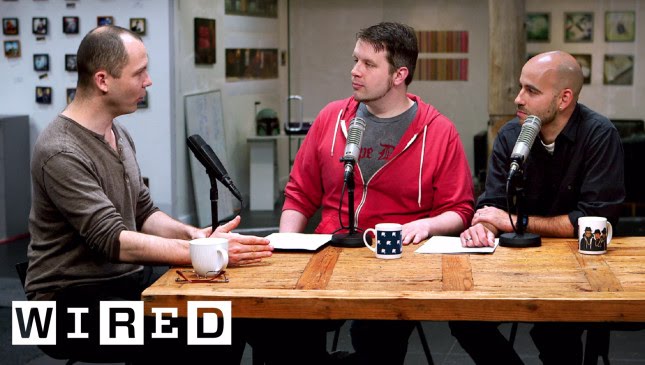Facial Recognition Technology: Benefits and Concerns
Summary
In this article, we discuss the use of facial recognition technology in various fields, including law enforcement, advertising, and education. While the technology has its benefits, such as quick and efficient suspect searches, there are concerns about misidentification, potential biases, invasion of privacy, and the impact on certain groups in society. We also address the difficulty of opting out of facial recognition technology and the need for federal regulation and collective decision-making.
Table of Contents
- The use of facial recognition technology
- Concerns about its use
- Difficulty of opting out
- Need for federal regulation
- Collective decision-making
The Use of Facial Recognition Technology
Facial recognition technology is being used in various ways, such as unlocking phones, tagging people on social media, and even speeding up the process of boarding an aircraft. It works by finding patterns in multiple layers and using labeled examples of pictures to identify faces. The government gets images from databases such as departments of motor vehicles and state department records, while big tech companies get them from people who post images on social media. The technology is becoming more accessible and is being used in commercial and private security settings, such as at large events.
In law enforcement, facial recognition technology can help search for suspects quickly and efficiently. It is also being used in advertising and education to personalize experiences for individuals. However, there are concerns about the accuracy of the technology and potential biases that could lead to misidentification. There are also concerns about the impact on certain groups in society, such as LGBTQ individuals who may not want to be identified in public spaces.
Concerns About Its Use
The use of facial recognition technology by the government for law enforcement purposes has raised concerns about invasion of privacy and potential violations of rights such as freedom of speech and religion. San Francisco, Oakland, and Somerville have banned the use of facial recognition by their agencies. Combining facial recognition with surveillance cameras could potentially allow for continuous tracking of individuals.
Difficulty of Opting Out
Facial recognition technology is more controversial than other forms of identification such as fingerprints. It is difficult to opt out of the technology, as images can be obtained from various sources, including social media. There is no federal regulation on facial recognition, but some states and cities are considering implementing their own regulations.
Need for Federal Regulation
The lack of federal regulation on facial recognition technology is a concern. There needs to be clear guidelines on its use, particularly by the government for law enforcement purposes. The potential risks, such as misidentification and invasion of privacy, need to be addressed.
Collective Decision-Making
As a society, we need to consider the implications of the use of facial recognition technology. It is important to make a collective decision on whether or not we want to use this technology, particularly in government and law enforcement settings. The potential benefits and risks need to be carefully weighed and considered.






